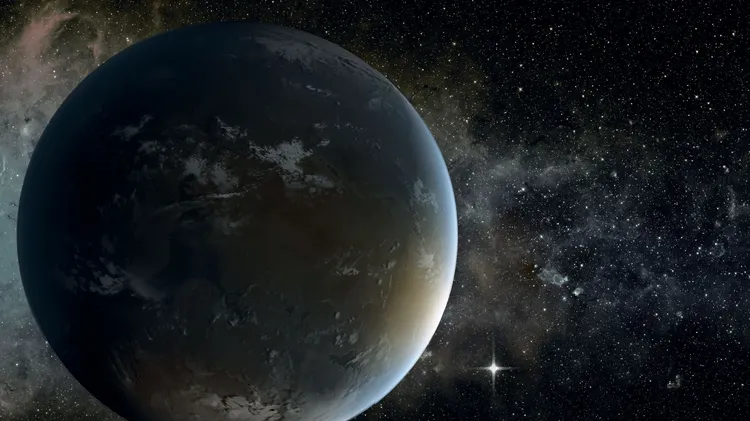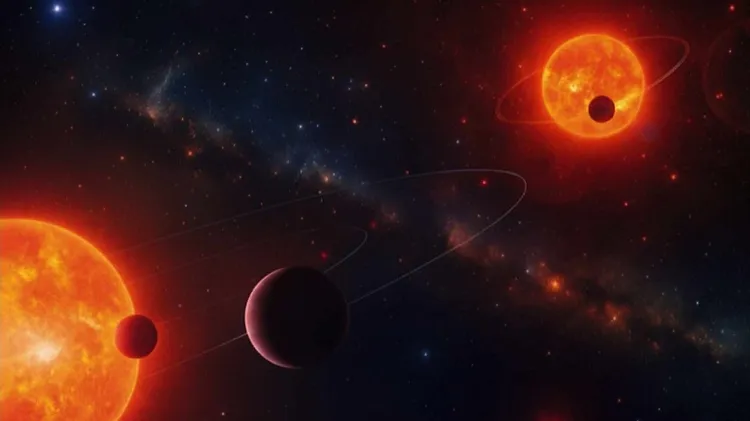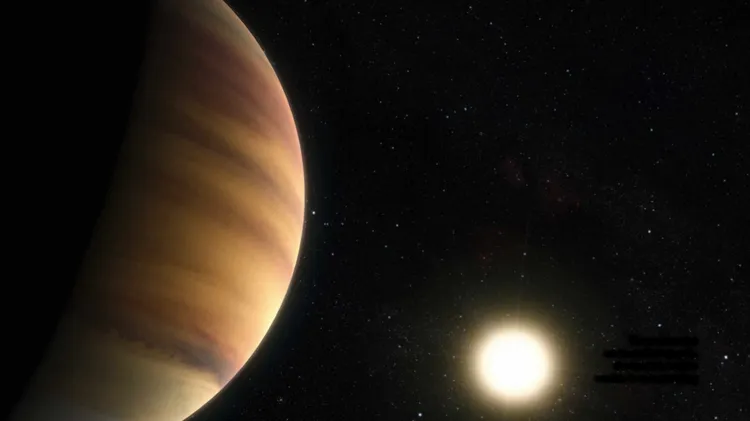FOCUS ON
Stunning images from the very large telescope capture unique views of planet formation
2 min read
This article is from...
Read this article and 8000+ more magazines and newspapers on Readly






